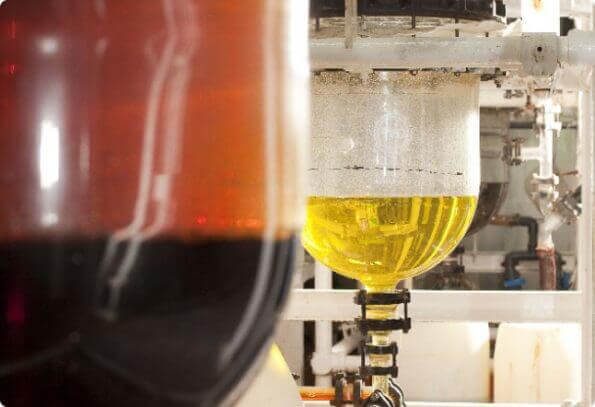
Separating pure metals from raw materials requires a labor-intensive and precise process called precious metals refining. There are several important elements to this complex process:
Ore Mining: The journey begins by removing ore from the mines, which may contain small amounts of palladium, platinum, silver or other precious metals.
Crushing and grinding: Recycled ore is subjected to mechanical operations such as crushing and grinding to minimize particle size and facilitate subsequent chemical reactions.
Chemical leaching: ore is leached by chemical processes where certain solvents or acids dissolve the precious metals and separate them from impurities.
Smelting: In a final process called smelting, when the mixture is heated in a furnace, the metals separate from the liquid according to their different melting points.
Electrolysis: This method of selective deposition of pure metal on electrodes by electric current can be used for further
purification.Precipitation: The desired precious metals solidify into particles as a result of chemical reactions that cause
precipitation.Smelting and Smelting: For purity and ease of use, the purified metal is melted and cast into bars or other desired shapes.Strict quality control procedures are followed at every stage of the refining process to ensure the integrity of the finished product and meet industry standards.
Environmental Considerations: Modern refining processes place a strong emphasis on environmental sustainability, using technology to reduce waste, emissions and overall environmental impact.
In conclusion, the refining process for precious metals is complex and involves chemical, mechanical and metallurgical methods to transform raw materials into very pure metals that meet the strict standards of several industries while maintaining environmental standards.







